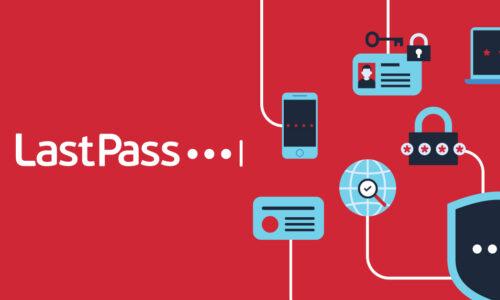
When it’s “business as usual”, it seems strange to think about disruptions and disasters. With competing priorities and the pressure of everyday demands, planning for worst-case scenarios can feel alarmist and macabre. But as anyone experienced in disaster preparedness will tell you, the best time to prepare for unexpected disruptions to your business is before they happen. And in today’s digital workplace, the ability to support remote employees and ensure secure access to work resources is an essential component of a business continuity plan.
Why a business continuity plan?
When we talk about business continuity, we mean the ability of your organization to keep functioning as normally as possible when the unexpected happens. The “unexpected” could be anything from a natural disaster like a wildfire or hurricane, to a public health event like a pandemic, to the sickness or death of a CEO or key employee.
Building a business continuity plan undoubtedly requires time and resources. You’ll need to complete an inventory of all physical structures, technology, personnel, data, and documentation in use. Essentially, you’ll need a complete view of what your business and its employees need to function every day. Then you’ll need to understand how each potential disaster or unexpected event could impact all of those elements.
Whatever the event, having a business continuity plan in place makes the organization more resilient. Leaders and employees can act with confidence and disruptions to business activities are minimized.
Key questions to consider when planning for business continuity
Many businesses have already transitioned some or all of their operations to the cloud. If that’s true of your business, operating in the cloud means some aspects of business continuity may already be addressed. SaaS providers usually employ automated backups, redundancy, encryption and other preventative measures that complement disaster preparedness.
But businesses need to go further. When thinking about business continuity, key questions include:
- Who has access to which resources/data/apps/documents/services?
- What devices do they use, or can they use, inside or outside a physical office?
- How can they maintain that access no matter where they are?
- How can employees share that access as needed, either internally or externally?
- How can we ensure that the authorized employee is the only one who can access their resources?
- How can we prevent against cyberthreats – internal or external – while still making access easy for employees?
- If an employee suddenly leaves or dies, how can we take over their accounts and ensure we have access to anything business-critical that they were responsible for?
- Single sign-on manages access in a centralized way so IT has insight into who has access to what, from where
- Enterprise password management ensures oversight of shadow IT and enforceable policies across all password-protected accounts
- Multi-factor authentication requires additional factors to prove a user’s identity while the use of biometrics and contextual factors makes the process smooth for employees
- Password vaults can be recovered, and access can be reassigned in the event of a departure or death
- Account access and passwords can be shared securely between employees, including when they’re remote

